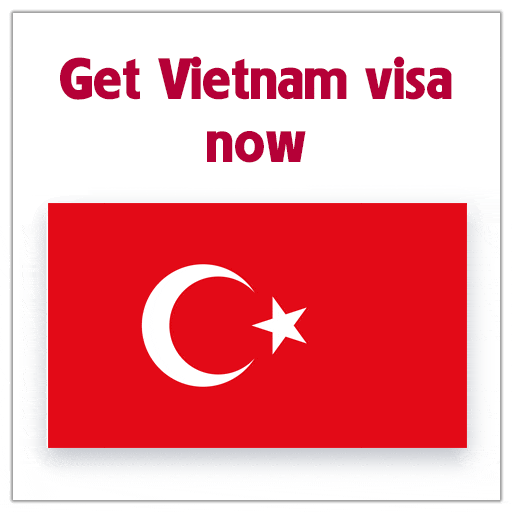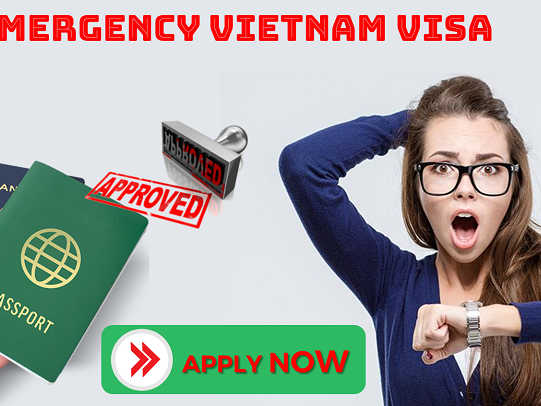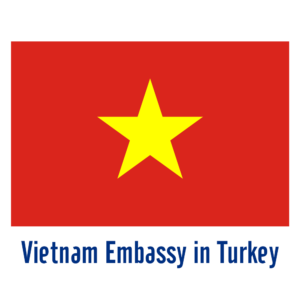Planning your dream getaway to vibrant Vietnam? The excitement is real—from the lantern-lit streets of Hội An to the emerald waters of Hạ Long Bay. Yet for many, the journey can hit an unexpected snag long before landing in Hanoi: visa complications. Common Vietnam Visa Mistakes Australians Should Avoid in 2025 are more crucial than ever to understand, thanks to evolving regulations and growing travel interest. This comprehensive article delves into the pitfalls that could derail your trip, offering actionable advice so you can start your Vietnamese adventure stress-free.
Understanding Vietnam Visa Requirements for Australian Citizens in 2025
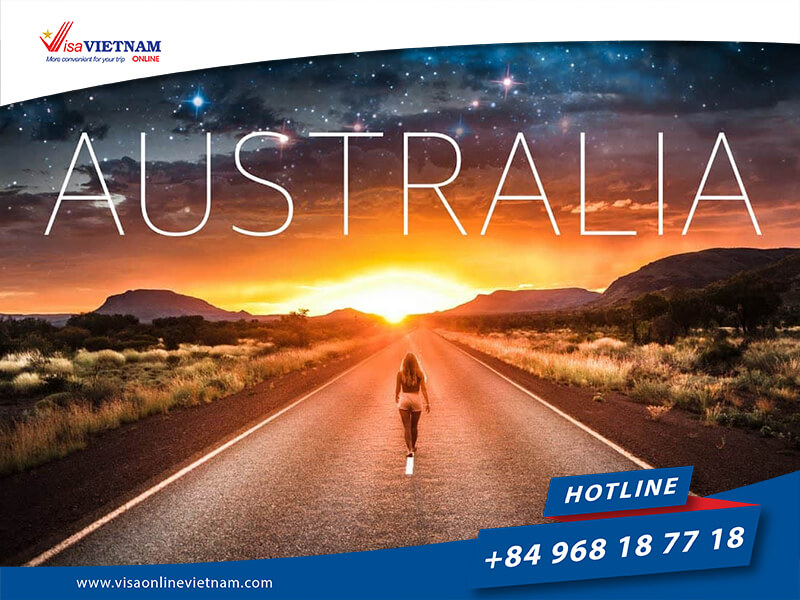
As Australians’ fascination with Vietnam continues to grow, so does the sophistication required to navigate the country’s visa policies. Before embarking on the specifics of common mistakes, it’s essential to grasp the broader context of the Vietnam visa landscape for Australians in 2025. Policies are always subject to change, and being up-to-date gives you a significant advantage.
Evolving Visa Policies: What Australians Need to Know
Vietnam’s visa requirements have historically undergone periodic updates, reflecting both diplomatic relations and shifting tourism strategies. For Australians, the baseline expectation remains: you will almost always need some form of visa, unless entering under very specific circumstances (like certain stays in Phu Quoc Island). In 2025, these requirements may adjust further as the Vietnamese government seeks to balance increased inbound travel with border security.
With the rise in electronic processing and the anticipated surge of visitors post-pandemic, digital platforms and streamlined procedures are becoming the norm. For instance, e-Visas have been expanded, covering multiple entry points and a broader range of purposes. However, this seemingly convenient process comes with its own set of challenges—a single misstep can delay or jeopardize your entry.
Types of Visas Available to Australians
Understanding which visa aligns with your travel purpose is the first step to a successful application. The most common options include:
- Tourist Visas (DL): Tailored for those exploring Vietnam’s natural wonders and cultural gems, typically valid for 30 days.
- Business Visas (DN): Intended for travelers engaging in commerce—think meetings, conferences, or market research.
- E-Visas: Accessed entirely online, these streamline the process but demand accuracy down to every letter.
- Visa on Arrival (VOA): Still available via authorized agents, yet require a pre-approved invitation letter and sometimes involve lengthy airport queues.
The distinction between these categories is more than bureaucratic—it’s legal. Attempting business activities on a tourist visa, for example, can result in delayed processing, denied entry, or even blacklisting.
Anticipated Changes for 2025 and Staying Updated
While current trends point to greater digitization and perhaps more generous visa-on-arrival structures, nothing is set in stone until officially published. Savvy travelers will:
- Regularly check the official Vietnamese Embassy/Consulate website in Australia
- Monitor updates from the Vietnam Immigration Department
- Consult reputable, Vietnam-focused travel agencies before committing to bookings
Importantly, while some exemptions exist (e.g., limited visa-free access to Phu Quoc Island), these rules can change rapidly and often come with strict conditions.
By keeping an eye on official sources and understanding the basics, you’ll dodge many of the pitfalls associated with outdated or incorrect information — a key aspect in mastering Common Vietnam Visa Mistakes Australians Should Avoid in 2025.
Common Visa Application Errors: Incomplete Forms and Missing Documents
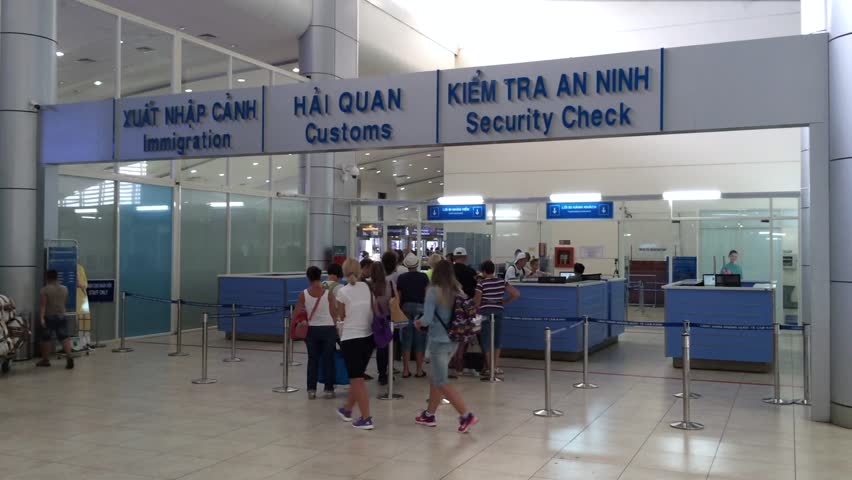
After grasping the visa types and the regulatory environment, the next hurdle is navigating the application process itself—a stage rife with opportunities for error. Incomplete forms and missing documents remain among the top reasons Australian applications are delayed or rejected.
The Perils of Incomplete Application Forms
It might sound obvious, but failing to fill out the entire visa application form is surprisingly common. This mistake can stem from misunderstanding instructions, skipping sections deemed “not relevant,” or simple oversight. Unfortunately, immigration authorities view incomplete applications as non-compliant, leading to automatic rejections or requests for additional documentation that slow down your plans.
Each field on the form serves a purpose, whether it’s tracking identity, plan intent, or ensuring compliance with Vietnamese law. Leaving even one box blank—unless explicitly marked as optional—can raise red flags. Even more problematic, attempting to submit incomplete forms through digital portals may lock you out or result in permanent record errors.
To avoid falling into this trap, approach your application methodically. Print a draft, highlight all sections, and cross-check each answer. If applying online, save your progress frequently and double back before final submission. Consider enlisting a friend or family member as a second pair of eyes—they may catch omissions you inadvertently miss after staring at the same form for hours.
Misunderstanding Document Requirements
Required documents often extend beyond just your passport and a completed form. Depending on visa type, you might also need flight itineraries, proof of accommodation, letters of invitation, or evidence of sufficient funds. Failing to supply one of these can halt your application at the verification stage.
For Australians, confusion commonly arises around which supporting materials are mandatory for various visas. For example, an e-Visa may only require a scanned passport and photograph, whereas a business visa could necessitate a letter of invitation from a Vietnamese company. Always consult the checklist provided by the relevant embassy or official immigration site for your specific visa category.
Organizing paperwork in a dedicated folder and using digital backups can save time and minimize stress. Before submission, verify that scans are legible, documents are translated if necessary, and all files meet size requirements set by the online portal. Proactivity here reduces the chance of frantic last-minute scrambling.
Consequences of Skipped or Incorrect Attachments
It’s easy to underestimate the importance of proper attachments, particularly when dealing with online submissions. Scans that are blurry, photos taken in poor lighting, or mismatched file formats (such as JPEGs instead of PDFs) can cause your application to be flagged as incomplete.
Additionally, uploading the wrong supporting document—say, a bank statement intended for another application—can confuse officials and introduce delays. Worse, repeated errors may cast doubt on the legitimacy of your application, prompting invasive follow-ups or outright denial.
In my experience, a systematic approach works best: create a checklist tailored to your visa type, gather original documents well in advance, and label digital files clearly (e.g., “Passport_Jane_Smith.pdf”). Double-check each upload against the requirements, and when in doubt, seek clarification from official channels rather than guesswork.
By prioritizing completeness and clarity at each step, you sidestep one of the most prevalent Common Vietnam Visa Mistakes Australians Should Avoid in 2025—paving the way for a smooth approval process and a carefree holiday.
Passport Validity and Photograph Specifications: Avoiding Simple Pitfalls

Among the most easily overlooked yet consequential issues in the visa process are passport validity and photograph specifications. These seemingly minor details can make or break your application, causing unnecessary heartache if neglected.
Ensuring Sufficient Passport Validity
Vietnamese immigration maintains strict rules regarding passport validity. As of 2025, Australian travelers must ensure their passports remain valid for at least six months beyond their intended stay. Falling short, even by a day, can trigger instant rejection—either at the consular level or upon arrival at a Vietnamese airport.
Travelers often assume that having an unexpired passport suffices. However, airlines and border officials routinely enforce the six-month rule, and exceptions are exceedingly rare. A lapsed passport can mean denied boarding in Australia, wasted flights, and lost accommodation deposits—not to mention the emotional rollercoaster of a canceled trip.
If your passport is approaching its expiry, begin the renewal process as soon as possible. The Australian Passport Office warns that renewals can take several weeks, especially during peak periods. Factor in mailing times and consider using expedited services if your travel dates are looming. Checking your passport’s expiration should be the absolute first item on your planning checklist, not an afterthought.
Meeting Passport Blank Page Requirements
Another subtle detail lies in the number of blank pages required. Most Vietnamese visas—and the accompanying entry and exit stamps—demand at least two clear pages in your passport. Some frequent flyers find themselves caught off guard, discovering too late that their passport is nearly full, rendering them ineligible for new visas or entry stamps.
Before applying, flip through your passport and count available spaces. If you’re running low, renew your document even if it hasn’t technically expired yet. Customs officers won’t make exceptions, and trying to squeeze stamps onto already crowded pages can lead to delays or refusal at the border. Treat this as a non-negotiable requirement—your holiday memories depend on it.
Adhering to Strict Photograph Standards
Visa photographs may seem like a small matter, but they’re governed by a host of technical requirements. Common errors include submitting images that are the wrong size, feature busy backgrounds, contain head coverings (without religious justification), or show facial expressions.
Vietnamese authorities typically request recent color photographs measuring 4cm x 6cm, taken against a plain white background, with the applicant facing forward and displaying a neutral expression. Glasses are discouraged unless medically necessary, and hats or headbands are prohibited except for religious reasons.
Poor-quality images—whether due to shadows, glare, or digital manipulation—often lead to immediate rejections. To sidestep this pitfall, use a professional passport photo service rather than DIY phone shots. Store digital copies safely, and print extras in case the application process requires physical submissions.
A personal learning: I once had an application delayed because a self-taken photo wasn’t sufficiently high resolution. Never underestimate how strictly embassies adhere to these guidelines. Investing a few dollars in professional photography can save days or even weeks of hassle—a small price for peace of mind.
By proactively addressing passport and photo requirements, you eliminate two of the most frequent Common Vietnam Visa Mistakes Australians Should Avoid in 2025, ensuring your path to Vietnam remains open and unobstructed.
Navigating the Online Visa Application Process: Tips for a Smooth Experience
Digital convenience has transformed the Vietnam visa process, especially for Australians opting for e-Visas or visa-on-arrival pre-approval. While online applications have simplified procedures, they’ve also introduced new risks for the unwary. Recognizing and avoiding these hazards is critical to a seamless journey.
Choosing the Right Platform: Official vs. Third-Party Sites
The proliferation of unofficial visa websites poses a significant threat to applicants. Many Australians, eager for efficiency, unintentionally apply through third-party platforms that mimic official sites, charging inflated fees or—worse—compromising personal data.
It’s imperative to only use the official Vietnam Immigration Department website when applying online. Bookmark the correct URL and double-check web addresses for authenticity. Official sites will provide secure payment systems, transparent fee breakdowns, and clear contact details.
Third-party providers may promise faster processing or guaranteed approvals, but their legitimacy can be questionable. In some cases, genuine applications are simply resubmitted to the government by middlemen, adding cost without value. At worst, scammers can steal sensitive information or vanish with your money.
If you’re uncertain about a platform’s credibility, cross-reference reviews on trusted travel forums, check for government endorsements, and avoid providers lacking verifiable contact information. Scrutiny at this stage saves considerable angst down the track.
Avoiding Input Errors in Digital Forms
Online application systems are designed for precision. Small errors—typos in your name, incorrect passport numbers, or date formatting issues—can instantly render an application void. Rectifying such mistakes often involves complex appeals or restarting from scratch.
Unlike handwritten forms, digital portals may auto-reject or flag suspicious inconsistencies immediately. Some systems prevent edits after submission, compounding the cost of mistakes. Carefully enter each detail, referencing your passport and travel documents line-by-line.
Consider drafting your answers in a separate document before transferring them to the online form. This allows for spelling and grammar checks, plus backup in case of browser crashes. After inputting data, review each field before hitting “submit”—an extra minute spent verifying now can prevent days of headaches later.
Remember, the format for dates and names must match your passport exactly. For Australians used to the DD/MM/YYYY convention, double-check that the site doesn’t require MM/DD/YYYY or another format. Mismatches are among the top reasons for rejected applications.
Uploading Documents Securely and Correctly
Uploading document scans is standard for digital visa processes. Failure to comply with file size, resolution, or format requirements leads to common setbacks. For instance, oversized files may not upload, while low-resolution images can obscure critical information.
To optimize success:
- Scan documents at 300 DPI for clarity.
- Save images in accepted formats (typically PDF or JPEG).
- Name files logically (e.g., “Australia_Passport_Smith.pdf”) to prevent mix-ups.
Be mindful of security. Public Wi-Fi networks aren’t ideal for uploading personal information; use secured home connections whenever possible. Keep backup copies of all files until you receive your approved visa, and store confirmation emails in multiple locations.
As digital tools continue to evolve, staying vigilant protects you from both bureaucratic mishaps and cyber threats. By mastering the nuances of the online process, you nullify some of the trickiest Common Vietnam Visa Mistakes Australians Should Avoid in 2025.
Visa Fees and Payment Methods: Avoiding Scams and Delays
Visa costs are an inevitable part of travel, but misunderstandings and missteps regarding payments can turn a straightforward application into an expensive ordeal. Whether overpaying, falling victim to fraud, or experiencing payment failures, Aussie travelers must tread carefully.
Understanding Official Fee Structures
Visa fees vary by type, duration, and processing method. Tourist and business visas will generally carry different price tags, while express or urgent processing adds to the total. E-Visas are often less costly than visa-on-arrival, reflecting reduced overhead.
Confusion arises when applicants don’t differentiate between government-mandated fees and additional service charges levied by agents or unofficial intermediaries. It’s essential to consult the fee schedule published on the official immigration website before starting your application. These figures should be presented clearly in AUD or USD, and any deviations warrant caution.
Budget accordingly, allowing for possible fluctuations in exchange rates or changes in policy leading up to 2025. Understand what each payment covers—some fees are non-refundable, even if your application is denied or delayed.
Selecting Safe and Reliable Payment Channels
Online payments for visas are typically processed via credit card or secure bank transfer. Using the official government portal ensures your financial data is protected and your transaction traceable in case of disputes.
Steer clear of unfamiliar payment methods such as cryptocurrency, prepaid gift cards, or direct Western Union transfers to individuals. These are often red flags associated with scams. Stick to recognized payment gateways (e.g., PayPal, Visa, MasterCard) and confirm receipt of a formal digital payment confirmation.
If paying through an agent, request detailed invoices outlining all charges. Reputable providers will never ask for payment via insecure or anonymous channels. When in doubt, contact the Vietnamese Embassy or Consulate in Australia for verification.
Spotting and Avoiding Common Visa Scams
Unfortunately, rising visa demand has attracted fraudulent operators targeting unsuspecting travelers. Scams range from phishing emails claiming to expedite your application, to fake websites collecting personal and financial details.
Warning signs include unsolicited visa offers, urgent requests for payment, or pressure tactics demanding immediate action. Genuine authorities will never threaten applicants or guarantee approval in exchange for extra cash.
Trustworthy information is always available on official government sites and through accredited travel agencies. Verify contact information, look for domain security (https://), and beware of poorly written communications filled with grammar errors.
If you believe you’ve been targeted or scammed, contact your bank immediately, report the incident to local authorities, and notify the embassy. Acting quickly may help recover lost funds and protect other travelers from similar fates.
Mastering the art of safe payments is essential in the modern visa landscape—a vital component of the Common Vietnam Visa Mistakes Australians Should Avoid in 2025 toolkit.
Potential Consequences of Visa Mistakes and How to Rectify Them
Even the most meticulous planners can encounter visa hurdles. Understanding the consequences of common mistakes—and knowing how to remedy them—can mean the difference between salvaged travel plans and outright disaster.
Delays and Denials: Managing Missed Deadlines
The most immediate outcome of paperwork errors, incomplete submissions, or missed deadlines is a delayed application. Processing times can stretch from days to weeks, especially during high season or if additional documentation is requested.
A more severe consequence is outright denial. Reasons range from improper visa type selection to discrepancies in supporting documents. In such cases, applicants may lose non-refundable fees and the window for appeal may be limited.
If you suspect an issue, act promptly. Contact the relevant embassy or consular office, providing all reference numbers and supporting documents. Often, swift communication and willingness to correct mistakes can rescue an application from the brink.
For time-sensitive trips, consider premium processing if available. If your schedule is flexible, buffer your plans to accommodate potential delays—a wise strategy in unpredictable visa environments.
Entry Refusal: Navigating Immigration Setbacks
Perhaps the most stressful scenario is arriving in Vietnam only to be denied entry at the border. Causes include invalid visas, inadequate passport validity, or suspicions of false declarations.
Immigration officials have broad discretion to investigate irregularities. Even minor inconsistencies—such as different spellings of your name across documents—may provoke scrutiny. In extreme cases, travelers may be detained, deported, or blacklisted.
Should you face this situation, remain calm and cooperative. Request clarification on the grounds for refusal and retain all relevant paperwork for future appeals. Seek assistance from the Australian Embassy in Vietnam, whose consular staff can provide guidance and advocate on your behalf where appropriate.
Prevention remains better than cure, but should the worst happen, respectful engagement with authorities and thorough documentation offer your best chance of resolution.
Rectifying Mistakes and Reapplying Successfully
If your initial visa attempt fails, don’t despair. Most common errors—be they in documentation or data entry—can be rectified by submitting a fresh, accurate application. Learn from previous oversights, and enlist professional help if needed.
Some circumstances may necessitate formal appeals or waiver requests, particularly if the mistake relates to criminal records, past overstays, or banned activities. In such cases, legal advice may be prudent.
Many travelers benefit from using licensed visa agencies specializing in Vietnam, who can troubleshoot persistent issues, advocate on your behalf, and streamline complex applications. Their expertise can transform a failed attempt into a smooth approval.
Above all, transparency and honesty remain paramount. Concealing prior mistakes or fabricating information only compounds problems and can incur long-term consequences.
By understanding repercussions and remedies, you arm yourself against the worst outcomes and join the ranks of travelers who deftly sidestep Common Vietnam Visa Mistakes Australians Should Avoid in 2025.
Conclusion
Vietnam’s magnetic appeal grows stronger by the year, captivating Australian travelers with its blend of tradition, innovation, and breathtaking landscapes. Yet the gateway to this Southeast Asian treasure begins with the visa process—a threshold where too many dreams are dashed by simple, avoidable errors.
Common Vietnam Visa Mistakes Australians Should Avoid in 2025 are not mythic obstacles but everyday slip-ups rooted in haste, misinformation, or inattention. Armed with knowledge—from choosing the right visa type, meticulously completing forms, checking passport and photo specs, embracing digital best practices, and safeguarding your payments—you empower yourself to travel confidently and freely.
Stay informed, double-check your work, and lean on reputable sources. Whether you’re savoring street pho in Ho Chi Minh City or hiking the highlands of Sapa, a worry-free arrival sets the tone for all the adventures to come.
Don’t let paperwork stand between you and Vietnam’s wonders. With careful planning and the insights above, your journey will unfold not as a cautionary tale, but as a collection of incredible memories.
Safe travels, and see you in Vietnam!
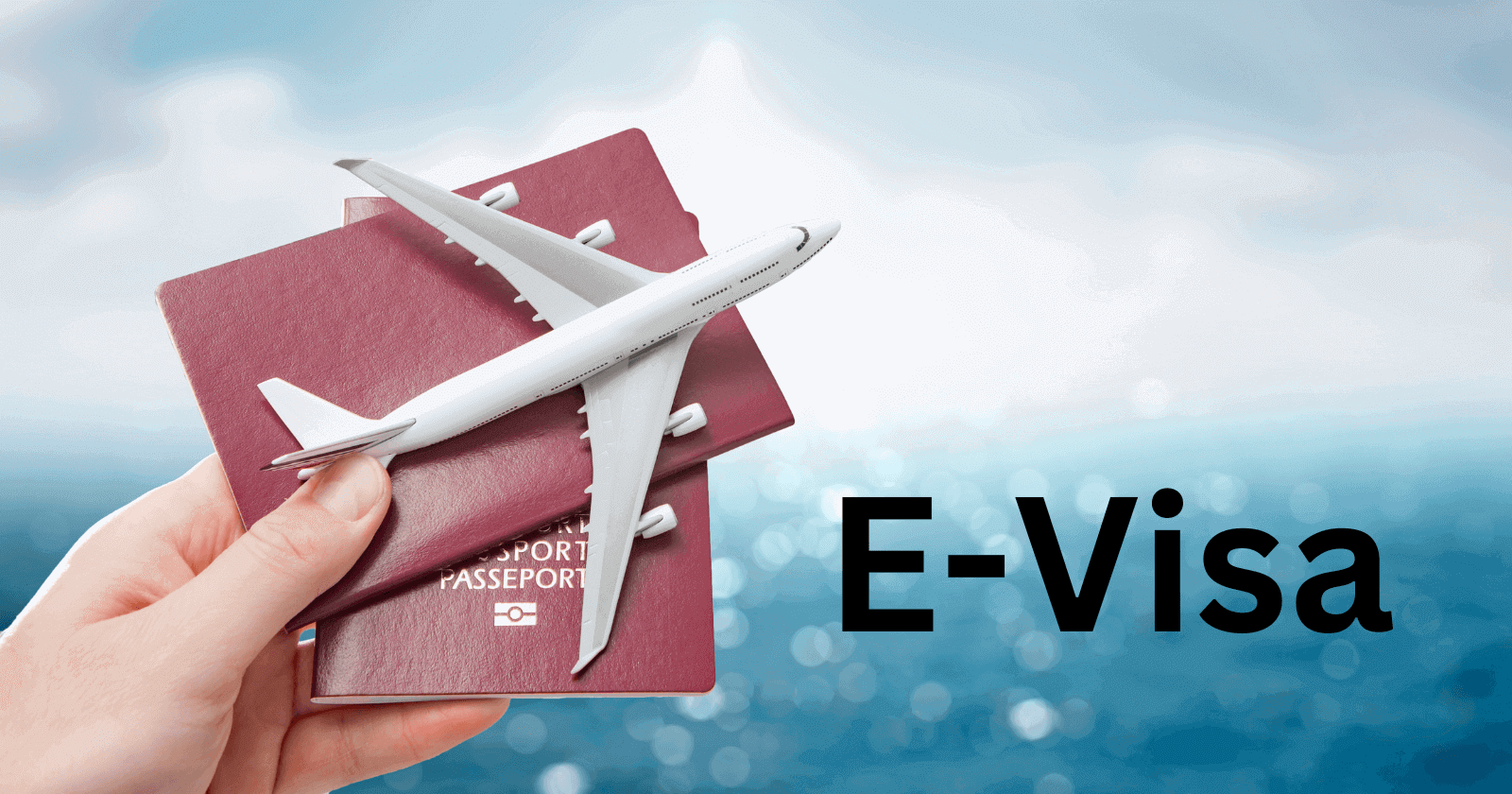
✈️ VisaOnlineVietnam – Premium Airport Fast-Track VIP Services at Vietnam’s Airports 🇻🇳
Skip the lines. Travel like a VIP.
VisaOnlineVietnam proudly offers trusted, professional Airport Fast-Track and VIP Services for travelers arriving at the five busiest international airports in Vietnam:
- Tan Son Nhat Airport (Ho Chi Minh City)
- Noi Bai Airport (Hanoi)
- Da Nang Airport
- Cam Ranh Airport (Nha Trang)
- Phu Quoc Airport
⚡ Fast-Track Service – Get In Fast, Travel Smart
Avoid waiting in long queues at immigration! Our Fast-Track team will welcome you at the arrival gate and assist with:
✔ Priority immigration support
✔ Quick visa stamping
✔ Escort through arrival formalities
Fee: Only 40 USD/person (excludes stamping fee)
✅ Recommended for: business travelers, elderly, families with children, first-time visitors, or group travelers.
👑 VIP Service – Executive Welcome Experience
For important guests, business leaders, or those seeking total comfort, our VIP service offers:
✔ Personal meet greet before immigration counter
✔ Treated as diplomatic guests with full support
✔ Full immigration procedures handled on your behalf (excluding customs)
Fee: Only 60 USD/person
✅ Available at: Tan Son Nhat, Noi Bai, Da Nang, Cam Ranh Airports.
✅ Why Choose VisaOnlineVietnam?
- 20+ years of visa immigration experience
- Trusted by millions of travelers worldwide
- 24/7 service — including holidays and weekends
- Friendly, multilingual staff at all major Vietnam airports
- Full service from visa application to arrival assistance
📩 Book Your Fast-Track or VIP Airport Service Today:
👉 https://visaonlinevietnam.com/apply-extra-services
📧 Email: [email protected]
📱 WhatsApp: (+84) 968 18 77 18
📞 USA Hotline: +1 (972) 666-0676
Enjoy a smooth, safe, and premium arrival experience in Vietnam with VisaOnlineVietnam!
“We do the lines — you enjoy the journey.”



